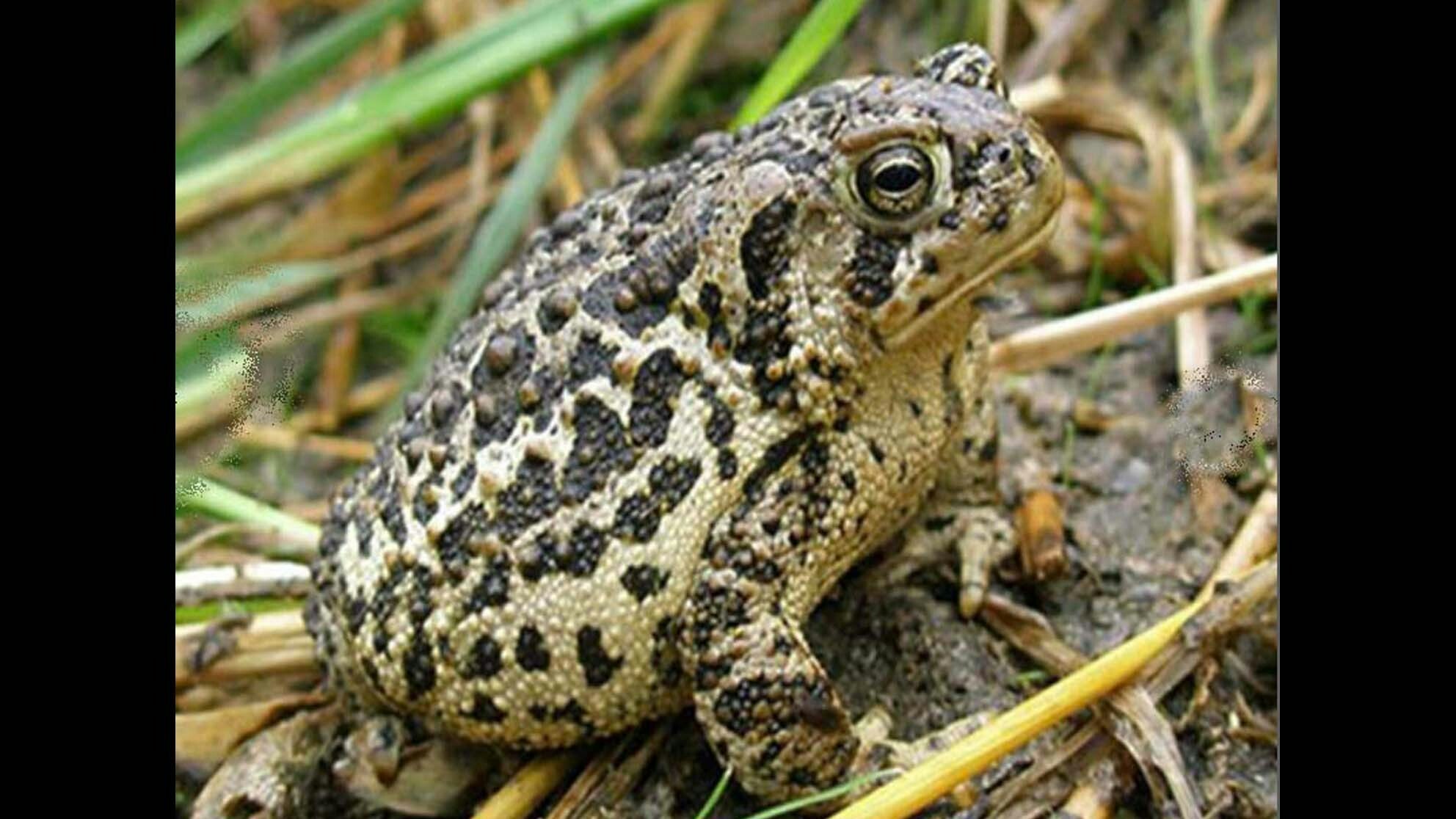Oh, hoppy day!
The state’s efforts to boost populations of the endangered Wyoming toad took a step forward recently with the release of 700 of the toads at four sites near Laramie.
The toads were born through a captive breeding effort launched in an effort to restore the species.
The toads were believed to be extinct in 1985, but a small population was found in Albany County in 1987.
Since then the Wyoming Game and Fish Department has been working with a number of other agencies, including the University of Wyoming, Association of Zoos and Aquariums, U.S. Fish and Wildlife Service and National Fish Hatchery System, to increase the wild population of the amphibians.
The June release marked the fifth time 1-year-old toads have been turned loose in the wild, according to a Game and Fish Department news release.
By releasing toads rather than tadpoles, the survival rate of the animals returned to the wild is much better, said Wendy Estes-Zumpf, herpetological coordinator for the Game and Fish Department.
“That really minimizes the typically large — up to 95% — mortality you get from releasing tadpoles,” she said.
In addition, the toads raised in captivity are ready to breed when released, Estes-Zumpf said, while wild toads usually take two to four years to reach breeding size.
Estes-Zumpf said the population of toads in the wild is not yet self-sustaining, but added progress is being made. In 2019, 52 of the adult toads were found in the wild, along with 10 yearlings and a number of younger toads and tadpoles.
“They’re doing better than they have in the past,” she said. “In the past 10 years the team has developed a strategy for evaluating reintroduction techniques. There has been more research, we’ve seen an increase in the number of toads and we’ve definitely increased our knowledge on the ecology of the toads.”





